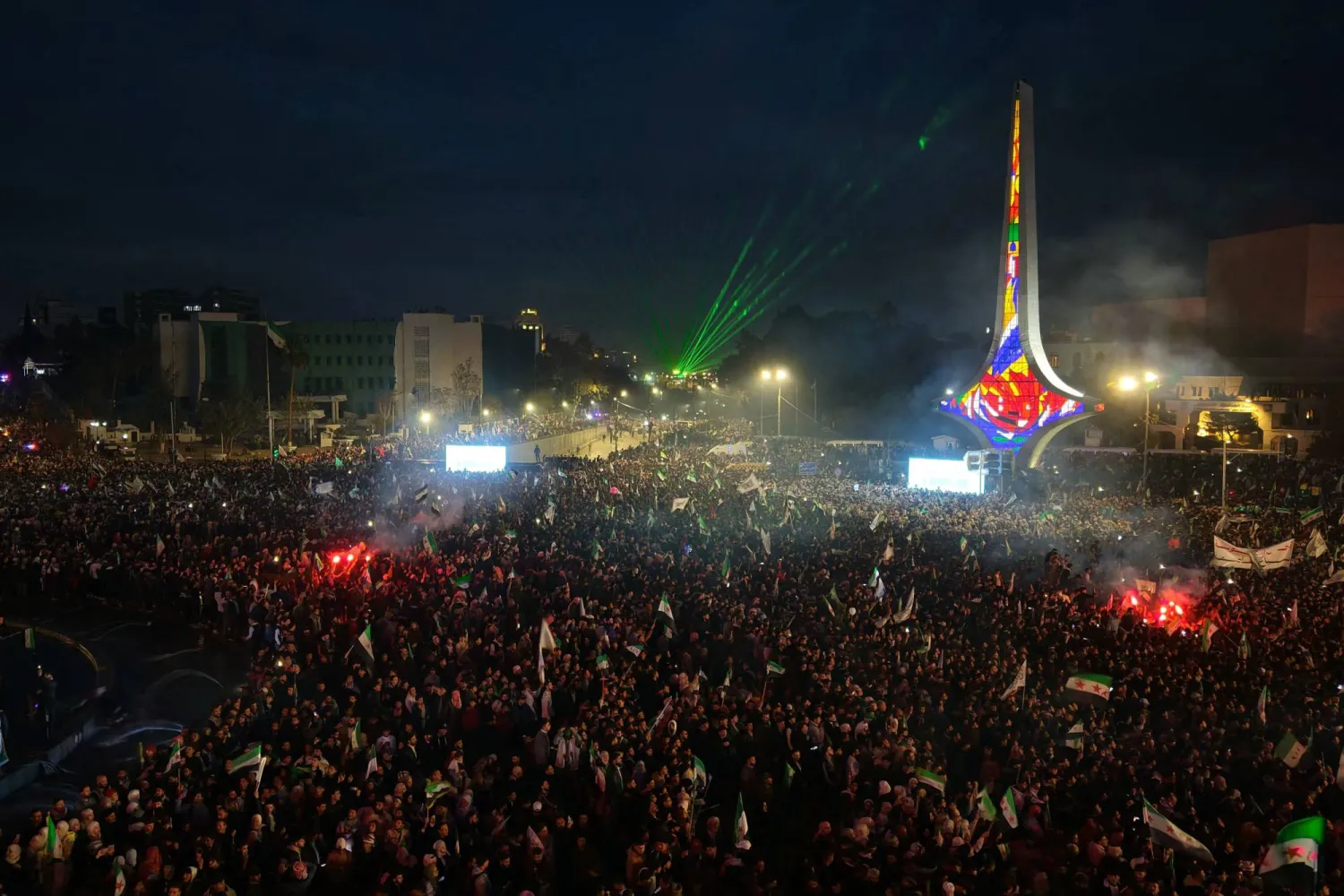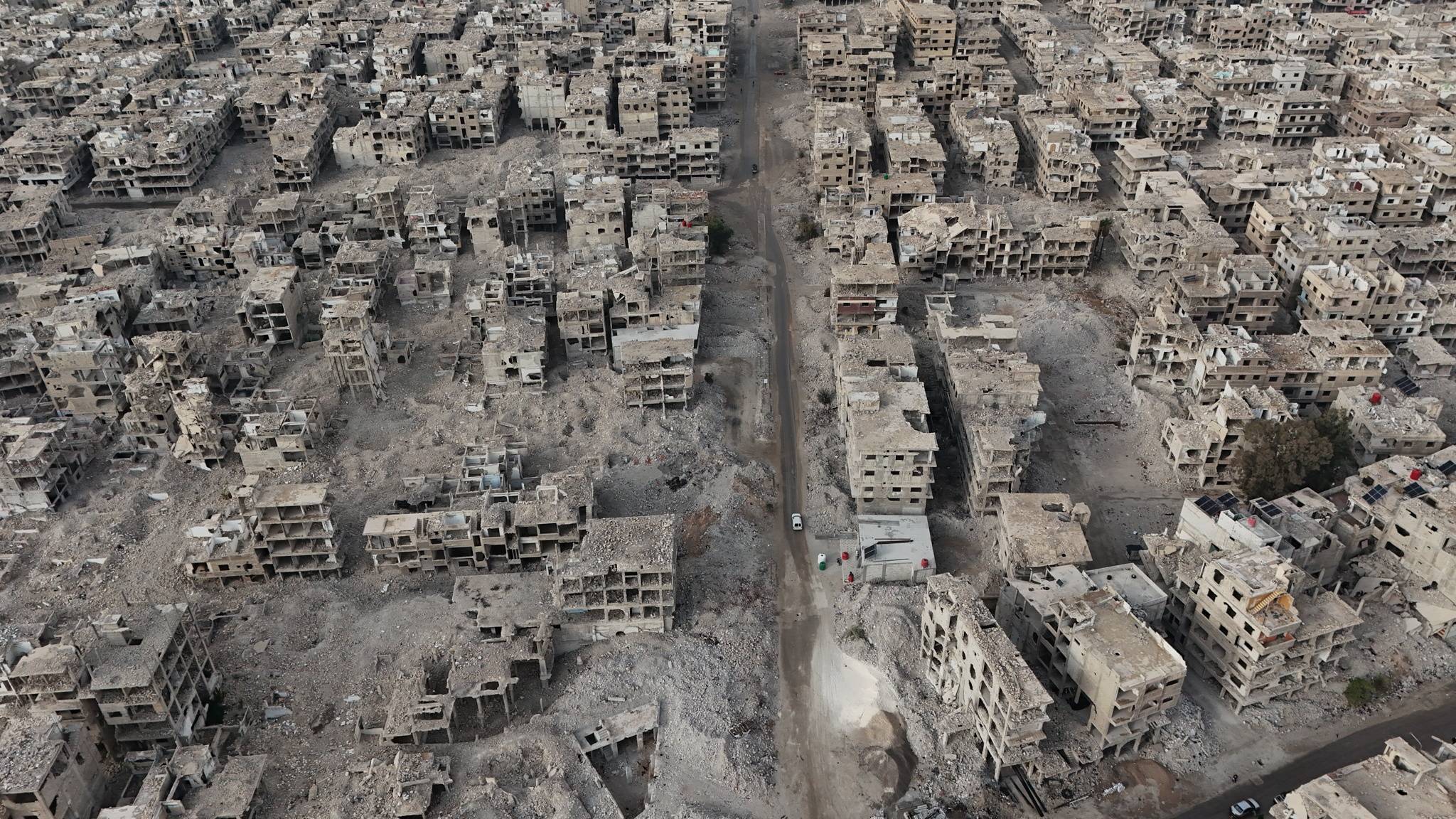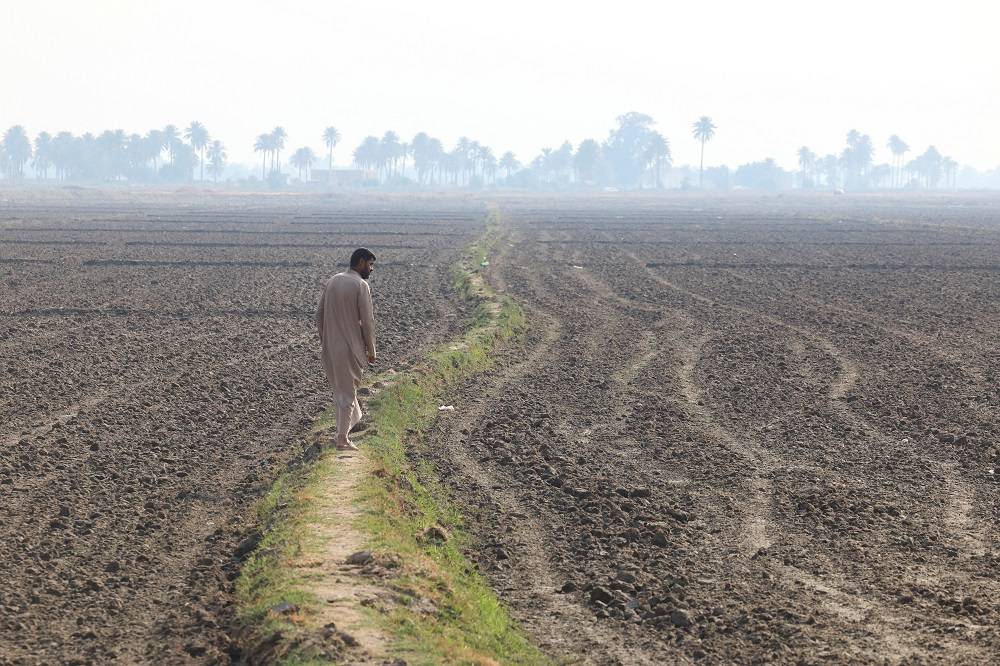At the end of every year, we always pause to assess the developments that took place over the past months and what impact they will have on the coming year. Asharq Al-Awsat sat down with Lebanese former minister Ghassan Salameh in Paris to review 2023 and discuss what 2024 has in store.
Sitting down with Salameh, who had worked with the United Nations in Iraq, Libya and Myanmar, is an enriching experience in itself given his extensive experience and long career. Asharq Al-Awsat sat with him for an in-depth assessment of the situation in the region and the world.
Quick glance at 2023
What are the key moments that stood out for you in 2023?
The year 2023 was a lot more positive on the economic level than was predicted in 2022, which was very negative. We witnessed China’s return to the global market and weak growth in western countries as the world combated rising inflation.
The war on Ukraine continued unabated in 2023. Ukraine launched its counteroffensive against Russia in Donbas, and it ended in failure. Ukraine has only really reclaimed few of its territories. This has weakened the position of the Ukrainian president, who is staring down the barrel of a gun, so to speak.
Moreover, Russian President Vladimir Putin succeeded in crushing the revolt by the Wagner chief, who had taken everyone by surprise. Two months later, he was killed in a plane accident. Putin continues to bank on time, which he believes is in his favor. Russia has the capabilities to secure the needs of its army, while Ukraine can only rely on foreign assistance in providing it with gear and weapons.
Turning to Africa, 2023 witnessed the return of military coups that took place in eight of its countries. So, democracy in Africa is on the decline. Another development is the expulsion of French forces from Burkina Faso, Mali, Niger and others. So, France’s influence there is also on the decline.
The world is meanwhile bracing for elections in over 60 countries, including the United States, India, South Africa and others. The European Union will be voting for a new European parliament. All of this will impact foreign policies as they become intertwined with electoral interests.
Diseases of Arab countries
Varied and numerous crises are sweeping the region, from Lebanon to Syria, Iraq, Libya, Yemen, Tunisia and Sudan. Is there a common factor that is leading to this turmoil and is there a solution to it?
There are several common factors to these crises, but each country also has its own unique elements. One of the common elements is the massive population growth that took place in these countries in the 20th century. The rise dipped slightly in the 21st century. The generation produced by the population explosion is now in its 20s and 30s and they are struggling to find jobs.
We are primarily paying the price for this population explosion. The unemployed youth, who have earned their education at universities, have grown frustrated with the lack of opportunities.
This is the general sentiment across the Arab world, from Morocco to Iraq. Another factor that has fueled the crises are the so-called Arab Spring revolts that had an impact on nearly half of the Arab world, including Egypt, Syria, Tunisia, Algeria, Yemen and others, and had brought with them hopes for change. The hopes were dashed, and the revolts were a failure. Perhaps those hopes were never real in the first place.
The youths in particular had high hopes that change was possible. Regimes that they sought to change replaced the hope they clung onto. These regimes are even more controlling than the ones toppled by the Arab Spring. Civil wars were also another product of these failed revolts, and they continue to rage to this day in Yemen and Syria.
Fate of ‘Lebanese formula’
Let’s turn to Lebanon, which is racking up one crisis after another, from financial, constitutional, institutional, social, political and the list goes on. I have a radical question: Are the successive crises a sign that the so-called “Lebanese formula” is no longer viable? Can there be a replacement?
My reply won’t be any less radical. Circumstances would have it that I played a modest role in drafting the Taif Accord. I worked alongside the Arab committee that was seeking to resolve the Lebanese civil war in 1989. I want to stress that it never occurred to us at the time that we were working on reaching the best constitutional model suitable for Lebanon. We were only seeking an end to war, an end to the severe shelling, destruction and death. In short, we were seeking a transitional formula that would end the war.
So, I see this unshakable attachment to the Taif as misguided. We had hoped that post-war Lebanon would embark on a period of peace, stability and prosperity that would allow its people to come up with the system that they were hoping for. It is necessary to address this issue because some officials have turned the Taif Accord into some sort of holy book. It is not holy. It is beneficial and it was beneficial back then. I was proud to have been part of drafting it.
A second point: A country that needs a year, or two or three to elect a president every time the post is vacant; or needs months and months to form a government; and then needs months and months to reach an agreement on extending the term of the army commander and naming an employee as head of the Central Bank are all signs that this country is suffering from a system that does not work for it.
The current system doesn’t favor the Lebanese people. This is my radical answer to your radical question.
So, what’s the substitute? The challenge is finding the right time and circumstances to broach this issue. Lebanon needs a degree of internal stability and foreign support to change hearts and minds that would pave the way for a new system. These conditions are not available. But in the meantime, I am not opposed to temporary solutions, such as electing a president from among the candidates who are running, or forming a government with whatever is at hand.
The new president and government’s priority must be restoring normal work at state institutions and then tackling the constitutional issue: Do they want a more decentralized system or more centralized one? The Taif Accord does speak of decentralization, but some parties fear that it would lead to the fragmentation of the state.
Gaza war and two-state solution
Turning to the war on Gaza. I have three questions: How can this conflict be resolved? Are powers being serious about again floating the two-state solution or are they deluding the Palestinians? Can we count on the Americans being serious about reaching a political solution?
I will ask my own questions here: Are the Palestinians ready to play this historic role of forming a viable Palestinian state? My answer is no. Hamas is not accepted and the Palestinian Authority is incapable. So, we are now confronted with Palestinian vacuum. There is a need to turn to a new, credible and acceptable Palestinian party.
On the other side of the divide, we need an Israeli party. At the moment, that party is unavailable. We have a very extremist government that is very openly against the two-state solution. This position is not voiced by extremist ministers, like Bezalel Smotrich, alone, but even by its prime minister. The war cabinet is also very extremist.
A solution needs a mediator between the Israelis and Palestinians. The only mediator who can pressure Israel is the United States. It deployed aircraft carriers to deter Israel’s enemies and decided to add 14 billion dollars to the 4 billion it already pays Israel every year. It is also preventing the UN Security Council from voting on a resolution that enjoys the support of the remaining 14 members. So, Washington has the real means to pressure Israel that any other party, including Europe and China, do not.
The problem, however, is that the mediator – the US – is missing. Why? Because US President Joe Biden, back from when he was a senator and throughout 40 years of his life, has completely sided with Israel’s interests. This did not change when he became president. Biden is a greater Israel supporter than any one of his aides. I am not saying this from mere observation, but from actual knowledge.
Biden’s hands are tied because he is entering the final year of his first term in office and is engaged in an electoral battle. Some voices from among the youth are urging him to be less extreme in this conflict. On the other hand, he needs funding that may or will be provided from sources that urge him to continue this unyielding support for Israel.
Given the above, the solution is out of reach. I fear that the war will spill over into the West Bank, where tensions are high and over 300 Palestinians have been killed. The war may also spread to southern Lebanon. Some officials in Israel are claiming that conditions are ripe to wage a war on Lebanon.
More and more voices in Israel are calling for war on Lebanon, including defense minister Yoav Gallant. But in spite of their support for Israel’s war on Gaza, the Americans are opposed to opening a new front with Lebanon. Biden informed them of this during the first week of the conflict and again some two weeks ago when more threats were made against Lebanon. The danger here is that Israel doesn’t always abide by America’s wishes.














